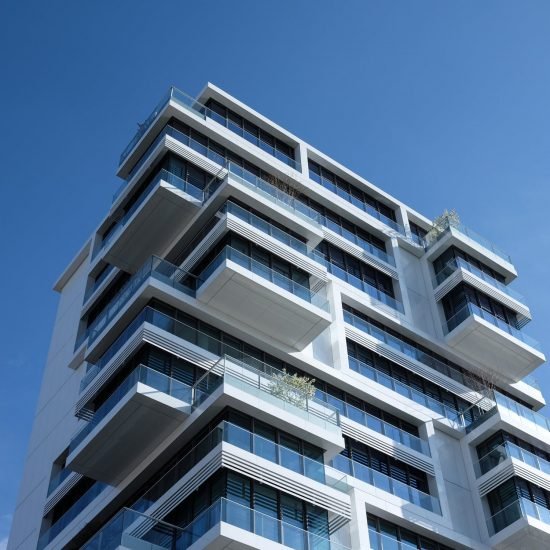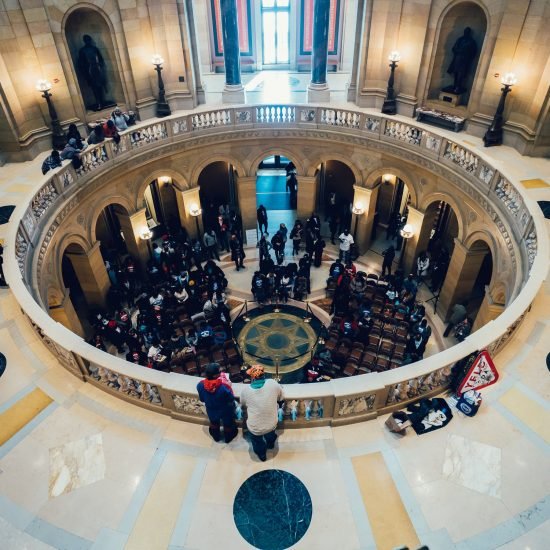
Bring up the subject of homeowner associations (HOAs) and the conversation is almost certain to lead to a discussion of special assessments.
Special Assessment – What is a special assessment, anyway, and why is the subject ever-present when conversations turn to HOAs and condominiums?
The term “special assessment” refers to non-scheduled assessments that the HOA members are required to pay, which are in addition to the planned, regular assessments required to fund the HOA’s financial operations.
In this respect, the distinguishing feature of the special assessment, as opposed to regular HOA assessments, is that they are not planned or anticipated in advance.
For some homeowners a special assessment may or may not be an issue. A small special assessment that requires the homeowner to make a one-time payment of a few hundred or even a few thousand dollars, may be an annoyance, but it is far from an unmanageable situation.
But what happens if the amount of the special levy (assessment) is large enough to have a significant impact on the personal finances of the homeowner(s)?
Tipping Point – As of 2021, 75% of the HOAs in the United States are more than fifteen years of age while a high percentage of these aging communities have reached or surpassed the all-important tipping point of twenty years of age, which marks the beginning of the third decade in the lifecycle of the Association.
Year twenty to thirty (third decade) is an important period for any HOA that is responsible for maintaining the exterior of the homes within the community. In particular for many condominiums, which are also responsible for common elements other than the exterior of the building.
The third decade of the HOA lifecycle is important to buyers because at 20 to 25 years, the majority of the exterior building elements will require major maintenance, while some components may require outright replacement, at which point the Association’s reserve planning efforts and possibly the cash reserves will be put to the test, perhaps for the first time in the history of the organization.
It may also be a transformative period for planned developments in which the HOA is responsible for exterior building maintenance or major site improvements and/or recreational amenities.
Simply put, the twenty-year tipping point is the beginning of a transitional period for almost all large HOAs, in particular condominiums. The need for replacement reserves to pay for major maintenance, renewal and replacement of various common elements can no longer be ignored. Associations which have historically kicked the can down the road when it comes to reserve funding will soon find that they have reached the end of the proverbial road.
Special assessments that are required to supplement an underfunded reserve account are common once the HOA is twenty years of age or older. As second and third generation owners and buyers who purchase homes in older HOAs with underfunded reserves are at added risk for special assessments in the future.
Special Serial Assessments – Buyers who purchase homes in HOAs that have already levied a special assessment may inherit a current liability in those instances where a special serial assessment has been levied and the terms of the board resolution authorizing the special assessment, do not include a due-on-sale clause.
The term “special serial assessment” refers to the fact that the homeowner(s) is allowed to pay the special levy in a series of installments, typically on a monthly basis, until the total assessment levied against the home has been paid. If the special assessment resolution does not require that the balance of the assessment is paid when the sale occurs, the new owner will automatically become liable for the remaining balance of the special assessment.
BOTTOM LINE: if you are going to buy a home located in a homeowner association, whether it is a planned development or a condominium, it is in your best interest to know where things stand before you make the decision to purchase a home in any HOA!
Because you are buying more than a home!





